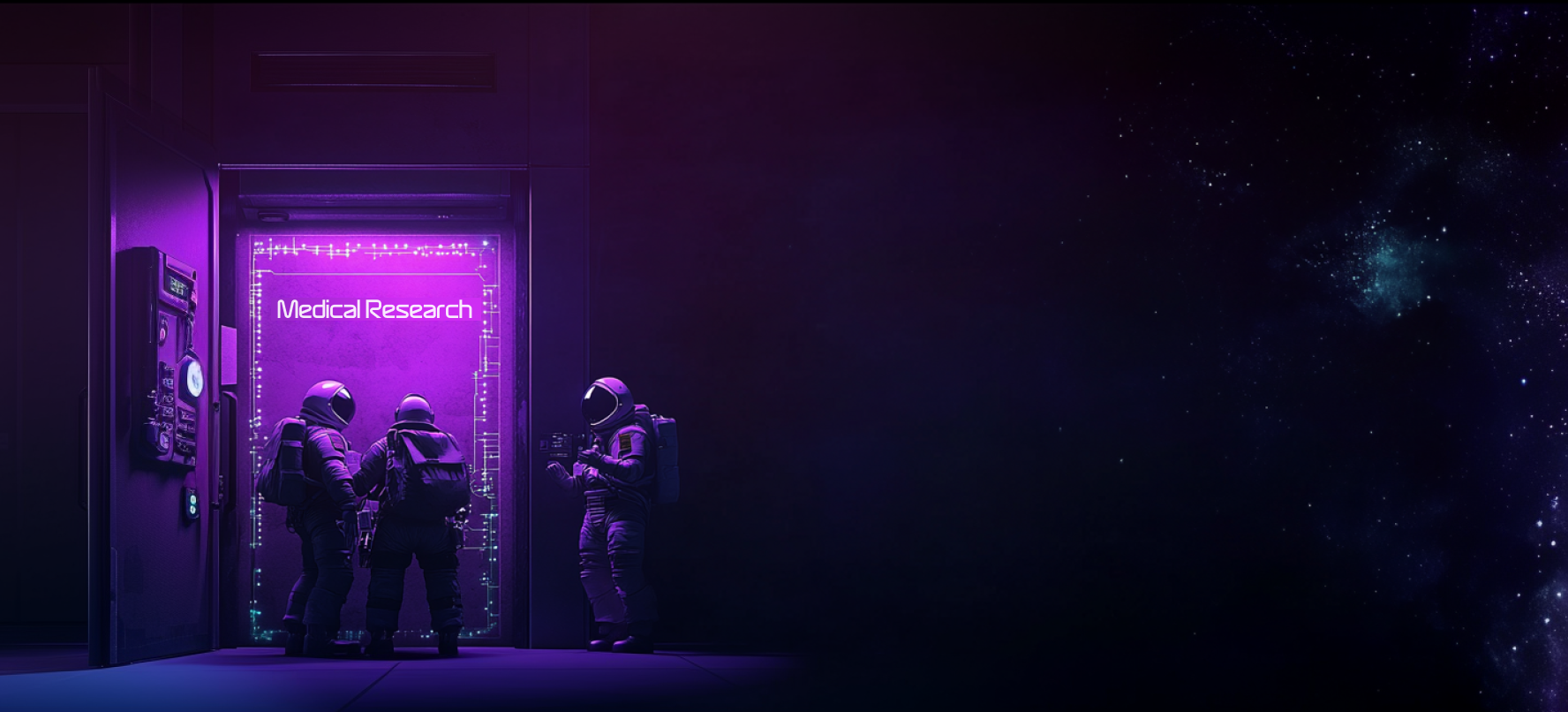Breaking the Closed Doors: How DAOs Are Opening Access to Medical Research

DAOs are breaking down the barriers of traditional medical research, turning closed-door decisions into open, community-driven collaborations where everyone can shape the future of science.
Breaking the Closed Doors: How DAOs Are Opening Access to Medical Research
For decades, the world of medical research has been guarded like a fortress.
You needed the right credentials, the right institution, the right connections to even peek through the gates, let alone design the work happening inside.
For everyday people, “access” often meant nothing more than reading press releases or waiting for a headline. The actual decisions, what to study, where to invest, which innovations move forward, happened in rooms most of us could never enter.
Curetopia believes those days are numbered.
The Problem With Closed-Door Science
Medical research has always relied on public trust. But when decisions happen in private, trust is hard to maintain. Communities don’t know why certain projects are prioritized while others disappear. Funding flows remain a mystery. And the voices of those who care most are often missing entirely.
It’s not that scientists and institutions aren’t doing good work; they are. But the system itself is built for exclusivity.
Today, when information can move faster than ever before, this old model feels painfully outdated.
Enter DAOs: Research Without Barriers
A DAO, a decentralized autonomous organization, turns the research decision-making process into something radically transparent and participatory.
Here’s how:
- Anyone can contribute ideas. You don’t need a PhD to notice gaps in knowledge or opportunities for innovation.
- Funding decisions are made collectively. Proposals live in the open. Voting happens on-chain, meaning anyone can see who supported what.
- Progress is publicly tracked. No more wondering whether a project got shelved quietly; milestones, results, and next steps are visible to all.
In other words, DAOs don’t just invite the public in for a tour. They hand them a set of keys.
Why Curetopia Cares
Curetopia exists to connect people directly with the science that shapes our shared future.
We believe medical research shouldn’t be something that happens to communities; it should happen with them.
That means:
- Funding priorities set by collective input.
- Research ideas surfaced by the people who live the realities that the science is trying to address.
- A clear line between participation and tangible progress.
In Curetopia’s vision, the DAO model isn’t a gimmick; it’s a way to ensure research reflects the will and wisdom of the people it’s meant to serve.
The Ripple Effect of Open Access
When research becomes open and participatory, incredible things happen:
- Faster iteration. More minds on the problem means more ideas and quicker testing.
- Greater accountability. With decisions made in public, there’s less room for waste or neglect.
- Stronger community investment. People are more likely to champion projects they’ve helped shape.
Most importantly, open access to decision-making creates a sense of shared ownership. Science stops feeling like a distant industry and starts feeling like a living, breathing collaboration.
The Future We’re Building
We can’t solve the world’s health challenges by keeping the brightest ideas locked in a handful of institutions.
Curetopia is committed to pushing research into the open, where anyone with knowledge, passion, or resources can make a difference.
With DAOs, the walls of exclusion aren’t just cracking. They’re coming down.
And when the doors swing wide, everyone gets to walk in, not as guests, but as equals.
Discover more entries
.png)
Internet Capital Markets and the Degenification of Biotech
Curetopia is part of a new movement where internet capital markets replace gatekeepers, letting communities coordinate funding, governance, and discovery for the diseases they care about most.


